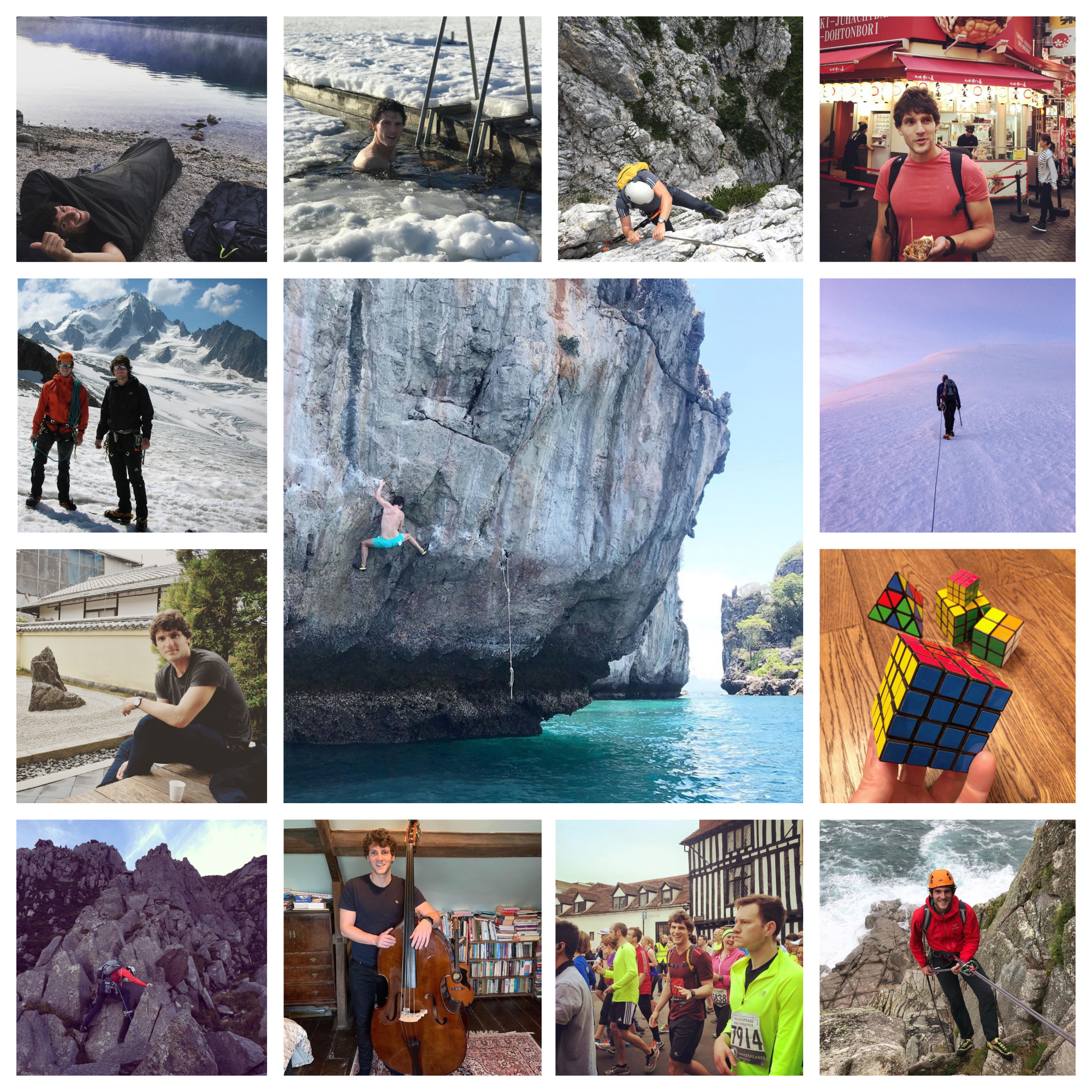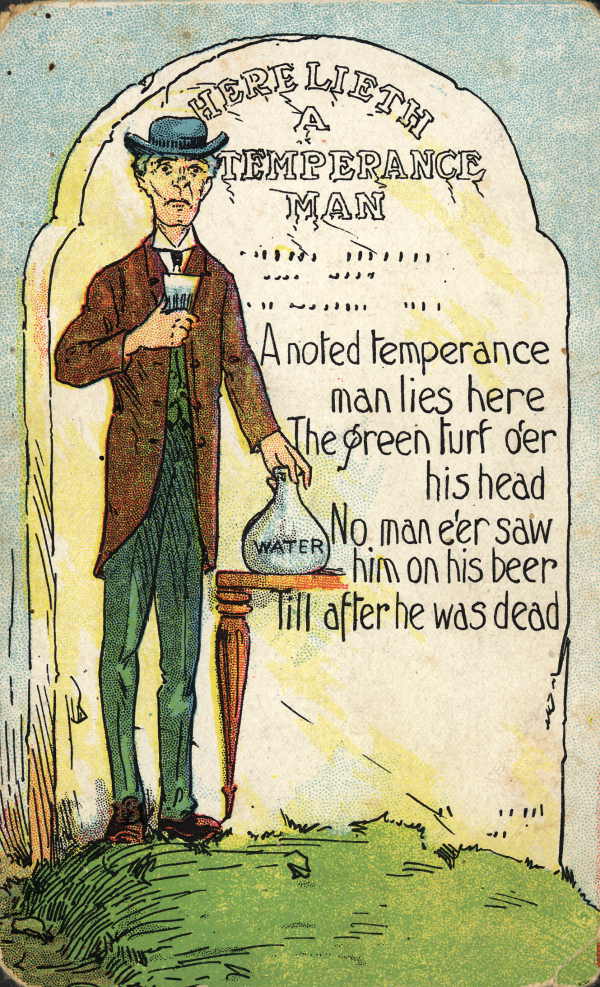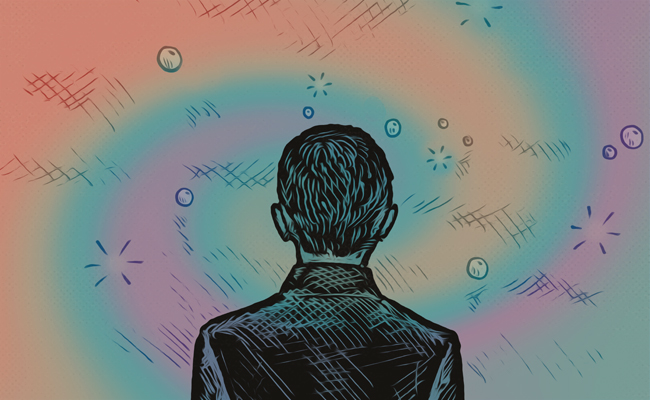
Editor’s note: This is a guest post by Ben Aldridge.
Several years ago, I found myself in a dark place. I was struggling immensely with severe and debilitating anxiety and felt that I was losing control of my mind. I was having back-to-back panic attacks and honestly thought that I was dying. It was a truly terrifying experience and I felt overwhelmed with fear. My lack of education on mental health at the time meant that I didn’t understand what was happening to me. This made everything even more frightening. The fear of the unknown can often do this.
When I began experiencing very physical and unsettling symptoms within my body, I didn’t think for one minute that my mind was causing it. How could my racing heart, shaking hands, and constant nausea be coming from my mind? I was convinced that it was a physical illness that I was facing. When I went to the doctor to get a better understanding of what was happening to me, I was genuinely surprised by my diagnosis: Generalized Anxiety Disorder and recurring panic attacks. All of this was coming from my mind. I didn’t realize how powerful my thoughts could be and the whole situation completely caught me off guard.
It took a while for me to process all of this and accept what was happening to me. I must admit that my ignorance and fear of being “mad” caused me to really resist this diagnosis at first. I was so worried about the stigma associated with mental health that I got distracted by my perception of the situation rather than the reality.
The doctor had suggested a few ways for me to address my anxiety (a cognitive behavioral therapy course and talk therapy) but I wanted to assess my options and educate myself on what was happening to me first. I could always decide to do CBT/therapy at a later date. To make an informed decision on how to deal with my anxiety, I began reading. This wasn’t just casual reading, this was a serious endeavor. I got so engrossed in figuring out what was happening to my mind that I became obsessed with reading as many books as possible. I was desperate for answers.
During this intensive period of research, I came across a whole host of incredibly useful ideas. I read about CBT, Buddhism, and the concept of a “growth mindset.” I read countless books on mental health, self-help, psychology, and philosophy. I read biographies and autobiographies. Anything that might help me to understand my anxiety made it onto the list. I’ve never consumed so much content in my life. It was during all of this research that I came across Stoicism. This changed everything.
The Lesson the Stoics Taught Me About Embracing Voluntary Discomfort
The ideas within Stoicism instantly resonated with me and I deeply connected with them. I loved reading about how this ancient Greek philosophy could help me to live a better life. The pragmatic nature of the ideas appealed to me and the advice seemed to be timeless. There were so many concepts that I found useful from negative visualization all the way to how we respond to events outside of our control (this was particularly helpful for my panicky mindset).
My reading choices started to change and more Stoic philosophy made its way onto my ever-growing reading list. As I began to further understand the philosophy, I started to appreciate how beneficial having a philosophy of life was. And this is really what Stoicism is all about – establishing a way to live a good life.
There was one particular Stoic concept that truly changed my life though. I credit this as dramatically altering my mindset and changing my relationship with anxiety in a very positive way. This was the concept of voluntary discomfort. The Stoics would deliberately expose themselves to adversity in order to prepare for future adversity. The Stoic philosopher Musonius Rufus sums this up perfectly:
We will train both soul and body when we accustom ourselves to cold, heat, thirst, hunger, scarcity of food, hardness of bed, abstaining from pleasures, and enduring pains.
For some reason, I really connected with this idea. I knew that going to the gym would build physical strength, but I hadn’t thought much about building a strong and resilient mind before. The diverse ways that the Stoics would do this inspired me and got me thinking about how I could create a training program for my mind. I had lots of questions about this concept when I first encountered it: What ideas and situations could I use to build resilience? Would this help me to address my anxiety? Was this a good platform to test out all of the philosophy I had been reading about? Could something so counterintuitive really work? My mind was busy as I began to create a list of personal challenges that I could use to test out this idea of voluntary discomfort.
I eventually plucked up the courage to give it a try and began to create my own challenges as a way to “toughen myself up” just like the Stoics. The more I completed, the more confident I became. I could feel that my mind was changing and this was a good thing. When I stopped having panic attacks, I knew that there was value in this idea. I leaned into it and went “all-in” on the Stoic concept of practicing adversity.
The Challenges I Created for Myself

Some scenes from the challenges I created and continue to create for myself.
Some of my challenges were taken directly from the Stoics, whereas others were lightly inspired by them. However, the majority of the challenges were based on personal ways for me to practice discomfort and leave my comfort zone. They started off small (as I was in a very anxious place to begin with) but, over time, progressed into bigger and bolder things. Here are a few examples:
To push my body, I ran my first marathon, climbed mountains, and completed a long-distance walk. I challenged myself in the gym in a variety of different ways, completed triathlons, and tried new and unfamiliar sports. Whilst fighting fatigue and physical hardships, I learned about my mind and how it responds to exhaustion. I got to experience a lot of physical discomfort with these challenges and got to practice working with this in a constructive way.
To push my mind, I exposed myself to the cold with ice-baths, cold showers, and swimming in the British sea in winter. I slept in unusual places, faced a serious fear of needles by getting acupuncture, fasted, and learned how to meditate. I also ate unusual food and stood in lines for absolutely no purpose other than to test my mindset. I started to wear inappropriate clothes for the weather and the occasional outrageous outfit (I’m an introvert so this was very difficult for me). This was a challenge that the Stoic-philosopher Cato would do in order to practice feeling comfortable with shame; when his peers laughed at him, he would focus on how he responded to these emotions and would treat this as a test of character.
To further challenge my mind, I started learning new skills and would pay attention to what my mind was doing in the process. It was interesting to explore my relationship with the frustrations I encountered. I started learning Japanese and can now have a conversation in the language without my brain hurting too much (well, almost). I learned how to solve a Rubik’s cube in under a minute, fold complicated origami, juggle, and pick locks.
The challenges pushed me out of my comfort zone in many different ways and helped me to test out the ideas I had been reading about in a relatively controlled environment. They’ve taught me so much about myself and how I respond to difficulty. When I’m 22 miles into a marathon and my mind is begging me to stop, this is a wonderful time to lean into Stoicism. When I’m enduring the pain of an ice bath, this is the perfect opportunity to embrace discomfort. When I’m learning a new skill, dealing with frustrations, or pushing myself with a fiddly task, this is a fantastic time to pay attention to my mindset. This philosophical framework has helped me to face these challenges and gives them a higher purpose. When I view everything as a form of “mind training,” it allows me to give value to every challenge I complete. Eventually, this started to bleed into other areas of my life and I could use normal day-to-day problems as an opportunity to challenge myself. Traffic: the perfect test of patience. Someone is rude: the perfect test for measuring and controlling my response. There are many more examples of this and it has been a great way for me to reframe tough situations. I don’t always pass the test, but seeing it as a test helps me to learn from life’s difficulties.
Conclusion
Since starting to explore voluntary discomfort, I have been on countless adventures and have ended up doing things that I never thought I would be capable of. It’s safe to say that my life has been very different since discovering the empowering Stoic theory that we prepare for adversity by practicing adversity. I’m in control of my anxiety now and I’m not the panicky mess that I once was.
While I feel very grateful to have found this tool, it’s important to note that I wouldn’t for one minute say that I am prepared for everything that fate might throw at me. Not at all! That would be unbelievably arrogant. What I really want to put across is that I am better prepared than I used to be. I’m not perfect (far from it), but I am working to better myself each day. I feel a lot more confident at handling the curveballs life throws at me than I was in the past. A few years ago, I couldn’t walk to the bench in my local park without freaking out. I now deliberately seek out difficult and scary situations. This has been real and significant progress for me. There is always room for improvement though and I’m excited to see where all of this takes me. I will continue to push myself out of my comfort zone and lean into Stoicism.
I believe that stepping outside of our comfort zones can be a great way to build mental resilience and I would encourage you to try it out for yourself. Why not seek out some challenges that will scare you senseless and push you into the unknown? That way you can put your personal philosophy to the test. As Epictetus (the legendary Stoic philosopher) famously put it:
Don’t explain your philosophy. Embody it.
Listen to the podcast too:
_______________________________________
Ben Aldridge writes about practical philosophy, comfort zones, mental health, and adventure. His first book How to Be Comfortable with Being Uncomfortable: 43 Weird & Wonderful Ways to Build a Strong Resilient Mindset is an exploration of unique ways to leave our comfort zones, face our fears, and overcome our anxieties. You can follow him on Instagram and Twitter.







